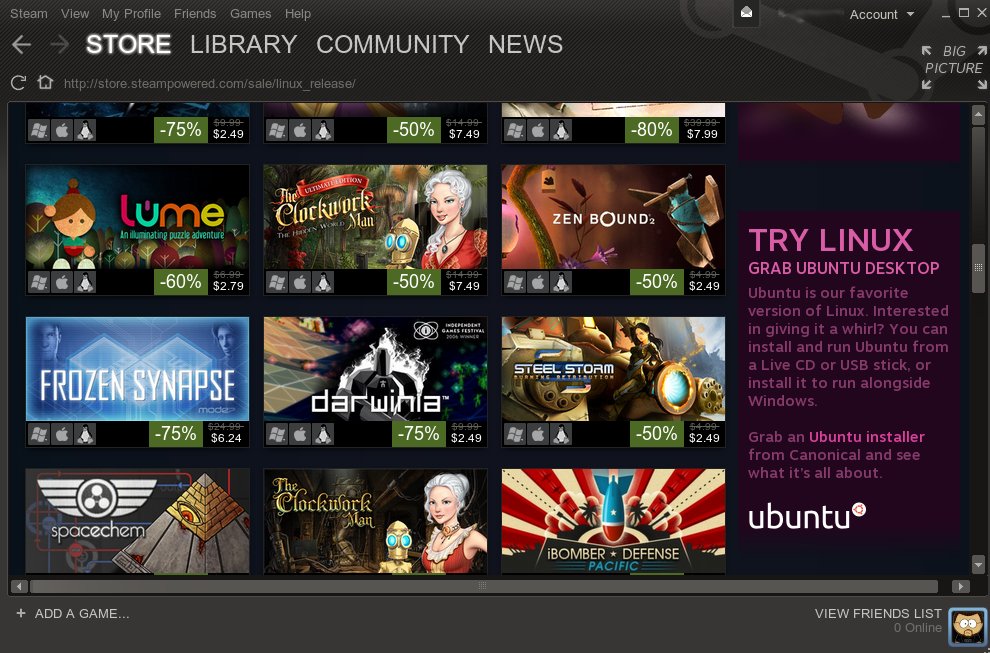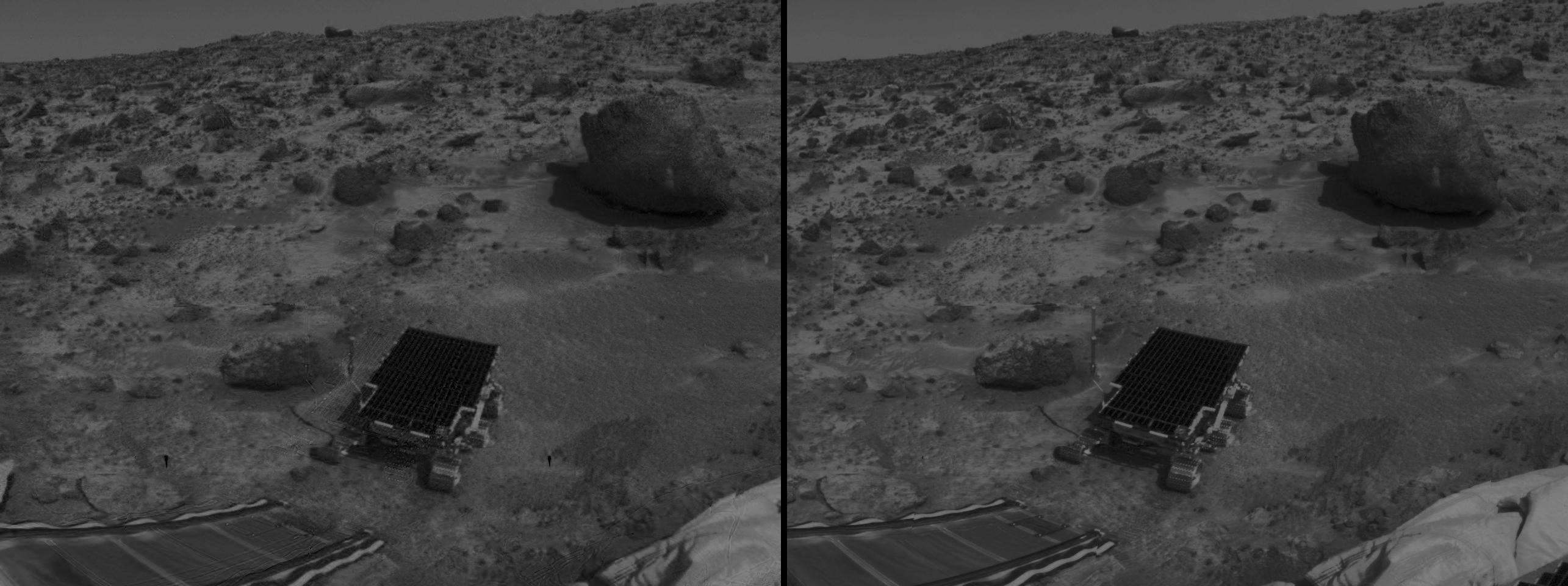(Originally posted on myspace on 16-Sep-2008)
Here’s an example of unbiased and neutral journalism:
http://news.bbc.co.uk/2/hi/technology/7594249.stm
I find the fact that it’s on BBC somewhat strange, as I usually hold BBC to be one of the better commercial news sources.
Granted, their IT section is written by a bunch of clueless morons, but this just takes the cake.
Let’s analyse this article, shall we?
Firstly there’s all the mention of Linus torvalds, and how this guy is cursing his name. No mention of the fact that there’s actually thousands/millions of people developing Linux. the closest he comes is “made the heart of his operating system absolutely free and open source”, which is pretty close to the mark – Linus built the Linux Kernel, and it got plugged into the GNU operating system. Linus is responsible for only a small part of the entire OS, although it’s a major part.
Xandros worked right out of the box. Like most distros it includes Open Office, an open source copycat of Microsoft Office. Word processing, spreadsheets and presentations are no problem.
Xandros connected to the net through my home wireless network at the first time of asking. And surfing was fast and easy.
So, everything worked. Cool.
There were a couple of things about Xandros which I didn’t like.
The music management program – its “iTunes”, if you like – let me listen to music and podcasts on my new laptop but wouldn’t sync anything I loaded on to my iPod. Big problem for a music and podcast junkie.
Plus the desktop – the way the screen looks, the icons it uses to open programs – looks like it’s been designed by a four-year-old with a fat crayon. It’s may be down to personal taste, but I just don’t like the way Xandros looks.
Well, before I’d think about switching away from the preinstalled distro where everything works, by your own admission, I’d consider doing a couple of quick google searches. googling “Xandros Ipod” and “Xandros theme” immediately shows me 3 or 4 interesting links which would seem to warrant reading. and doing two google searches takes much less time than a) procuring and b) installing a new distro.
But linux is all about freedom, so you’re free to install a new distro, I suppose…
I’d also like to point out that if you don’t like the way windows looks, your options are to go and buy a Mac, or install Linux. I guess you could also go out and BUY a different version of windows, perhaps – i.e Upgrade from Home to Professional, although this probably won’t help with the look much.
Except now the internet wireless connection doesn’t work and the music management software still won’t let me sync with my iPod. Mmmmmm……
How is this any different to any other OS? Windows XP doesn’t recognise my wireless card or my UltraATA IDE controller – I Can’t install any version of windows except for a prepackaged XP SP2 on my machine, because without detecting the UltraATA controller, it doesn’t know about my hard drive. I’d call this slightly more serious than having no wireless connection or Ipod connectivity. Granted, in today’s internet-centric world no network connectivity is an issue, but did it not occur to you to try plugging a cable into your ethernet port as an interim measure?
Like most journalists, I’ve the attention span and patience of a gnat. The air turns blue and I inform my wife loudly that Linus Torvalds has much to answer for (I paraphrase slightly).
A gnat has more attention span if you didn’t even try plugging in an ethernet cable… and It’s obviously linus’ fault, and has nothing to do with canononical (who make and distribute ubuntu)…
But I’m completely stumped by the instructions posted on these sites. The level of assumed knowledge is way above my head. I follow a couple of suggestions, try to connect to my router using an ethernet cable, download code that promises to set things right. And fail.
It’s probably worth mentioning one other important point about Linux here. It’s a text-based operating system, which means that a fair few of the things you may want to tell your computer to do – installing certain new software, for example – requires you to open up a “terminal window” and actually type text into the little window.
As someone used solely to double-clicking on pretty pictures to do most anything on a computer this is pretty hairy stuff.
How is this ‘hairy’? somebody tells you to go into a terminal and type ‘X’, so you go into a terminal and type ‘X’. how is this difficult??? are you telling me that you’re unable to copy something that you see written down? you’re unaware of copy and paste? As a Journalist, I suppose, expecting you to type is just a bit too much…
True to form when I’m too stupid to figure out how to do something in five minutes, I phone an expert.
Geek Squad, a tech support service partnered with the Carphone Warehouse, is more used to dealing with problems with broadband and e-mail but later that night, Agent Jamie Pedder walks me through it over the phone.
Download a couple of bits of code from one of the Linux help sites on to a memory stick. Whack the memory stick into the offending laptop.
Bang a couple of lines of code into the terminal window to tell the machine to install what we’ve downloaded. Bingo, we’re cooking on gas.
Ubuntu’s running my wireless network and I’m back on-line. Easy when you know how.
So it works. Cool. So you got it all sorted out reasonably quickly. How is this different to Windows, where you need to install drivers? ever tried downloading windows drivers for your network card? it’s not easy, unless you have a spare working PC and a USB stick…
The fly in the ointment remains the music management software. I still can’t sync an iPod and Agent Pedder reckons that I probably won’t be able to – for now at least.
While Linux is founded on the philosophy of free and easy access to its code for anyone who’s interested, Apple is not. That means no iTunes for Linux, and nor is Apple likely to release such a version.
This, again, is obviously the fault of Linus Torvalds, and has nothing to do with Apple. It’s good to see you’re blaming the right people for your problem at least. Let’s just sum this up, for emphasis:
- Apple makes Itunes for Windows and it enables you to use an Ipod on Windows
- Apple makes Itunes for Mac OS and it enables you to use an Ipod on Mac OS
- Apple doesn’t make Itunes for linux, and it takes a google search to get an Ipod working on linux
Yep, this is obviously because Linux sucks – I mean, expecting Apple to provide Ipod management tools for Linux is just asking for too much, isn’t it?
The iPod out of action is a major irritation, but I’ve not given up hope. There’s software out there – free for Linux users as always – that promises to do what I want. I just haven’t got round to downloading and playing with it yet.
So you’re reporting on how irritating it is, and how you’ve had a ‘torrid’ time with Linux, but you haven’t even bothered trying to install the software which will allow you to do what you want? Here’s a parable for you:
- I Install windows
- I post in a forum saying that windows sucks because I can’t play Half-Life 2.
- People ask me what happens when I double-click on the Half-life 2 Icon
- I say “There is no Half-Life 2 Icon”
- People ask me if I’m sure I’ve got half-life 2 Installed correctly
- I say “You need to INSTALL IT?!? OMFG WINDOWS IS TEH SUX!!!”
This is obviously an entirely fair observation on my part.
For the time being, it’s back to the trusty CD player. All this talk of hippy ideals has put me right in the mood for a bit of Sgt Pepper’s.
So your Ipod doesn’t work. Typing “ubuntu ipod” in google must be too hard, I guess – when I do that I see four links which would probably help, without even scrolling down.
So, to summarise: You bought a PC without windows, and it worked out of the box. You decided to install a different OS, and it broke. This is the fault of the OS, and has nothing to do with you being too lazy to do a couple of google searches to try to solve the things you don’t like about the working distro.
You were able to solve the problems, although you needed to call somebody to help you to do this, because you’re not able to follow instructions. I’m presuming this didn’t involve the 40 minute wait times or hideously excessive charges involved with Microsoft’s support line?
You bought an Ipod, which itself is an idiotic move – there are hundreds of MP3 players out there which present themselves as USB drives and are therefore supported natively by every operating system on earth without the need for any software at all, but you chose the one which requires special software and has ghastly DRM built into it, and this is Linus Torvald’s fault?
I see.
And believing in freedom makes you a Hippie?
I see.
I think you’ve stepped in some FUD, and it’s stuck to your shoe, and you’re now dragging it across my carpet. Take your shoes off, or get out of my living room.



